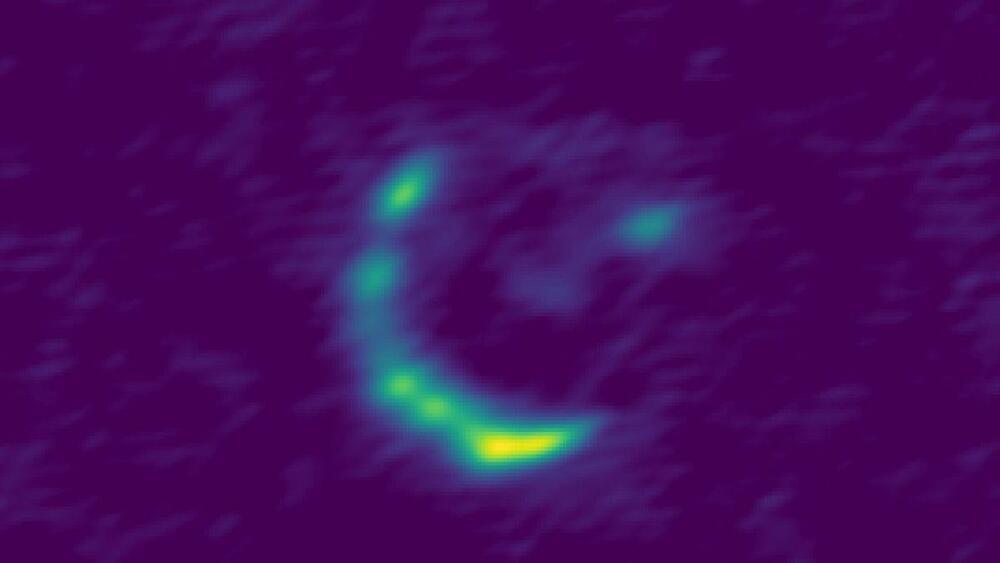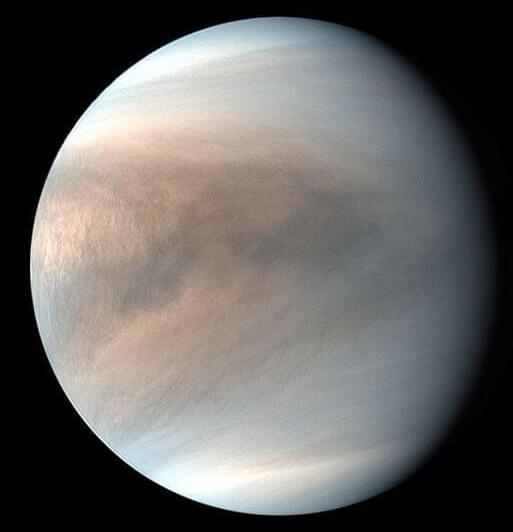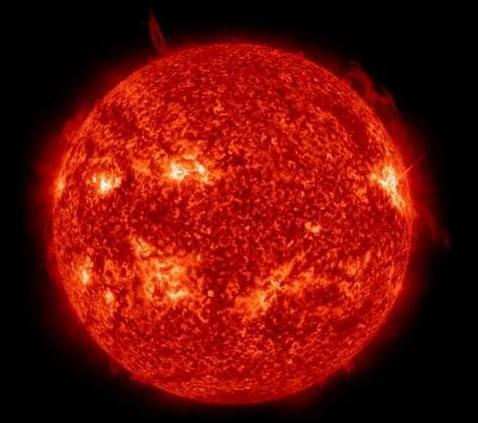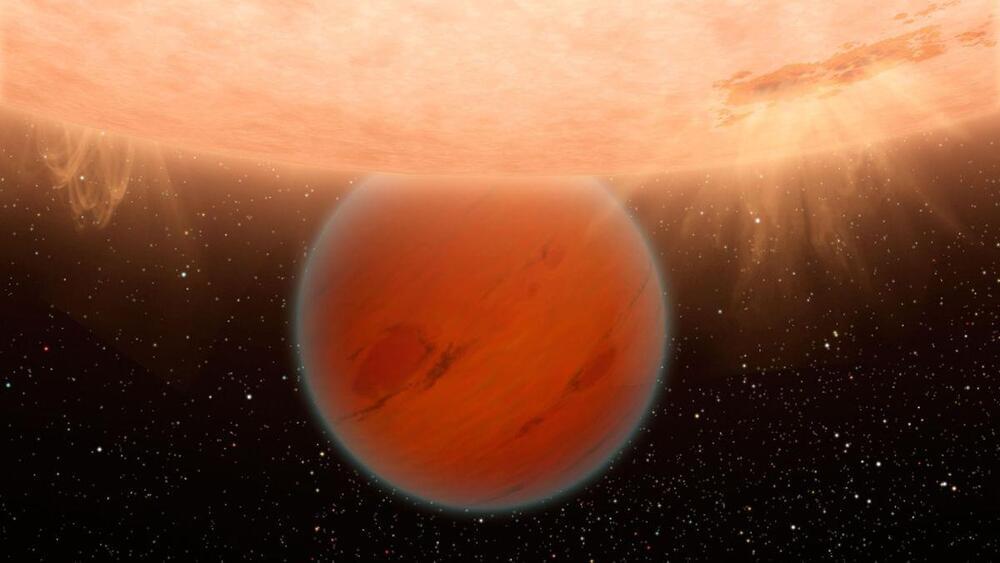Spotting asteroids near the sun
Astronomers have gotten good at detecting even small asteroids that might be headed toward Earth. But an unknown number of asteroids have paths that might carry them toward us from the sun’s direction. And it’s tough – or impossible – to spot those asteroids coming toward us. ESA’s planned NEOMIR mission will orbit between Earth and the sun at the first Lagrange point (L1). It’ll act as an early warning system for asteroids – 65 feet (20 meters) and larger – that instruments on Earth’s surface cannot see.
NEOMIR stands for Near-Earth Object Mission in the Infrared.


















